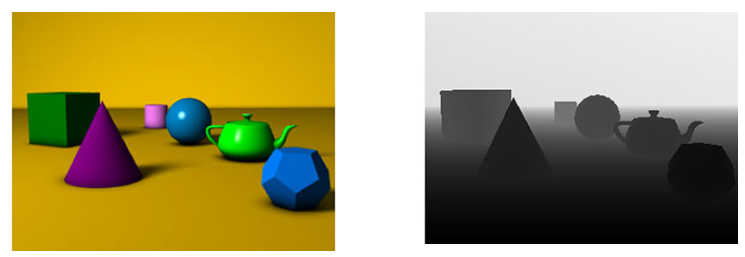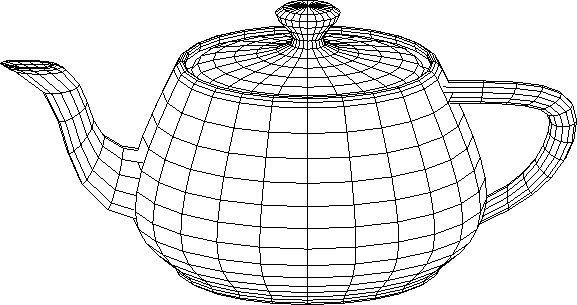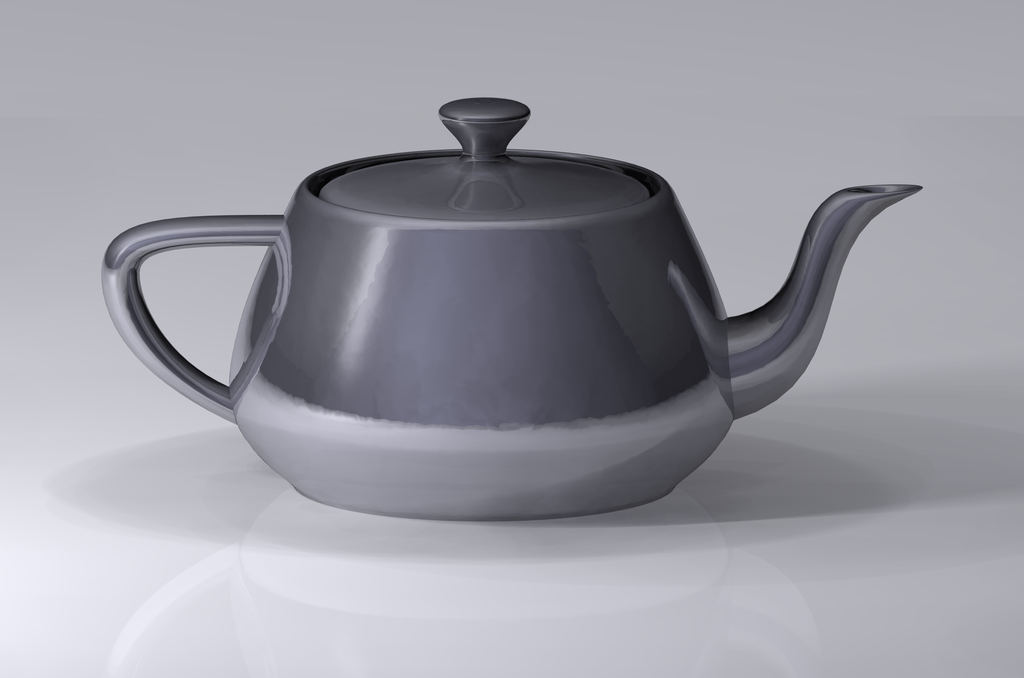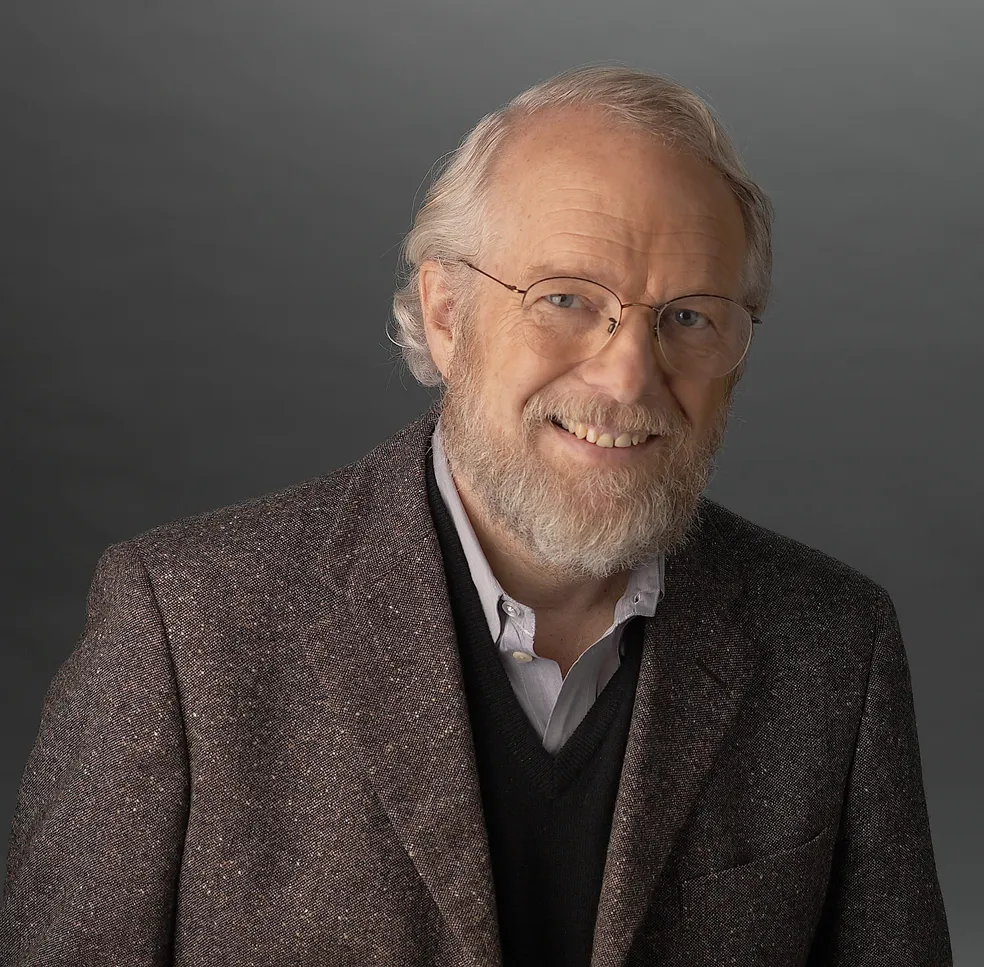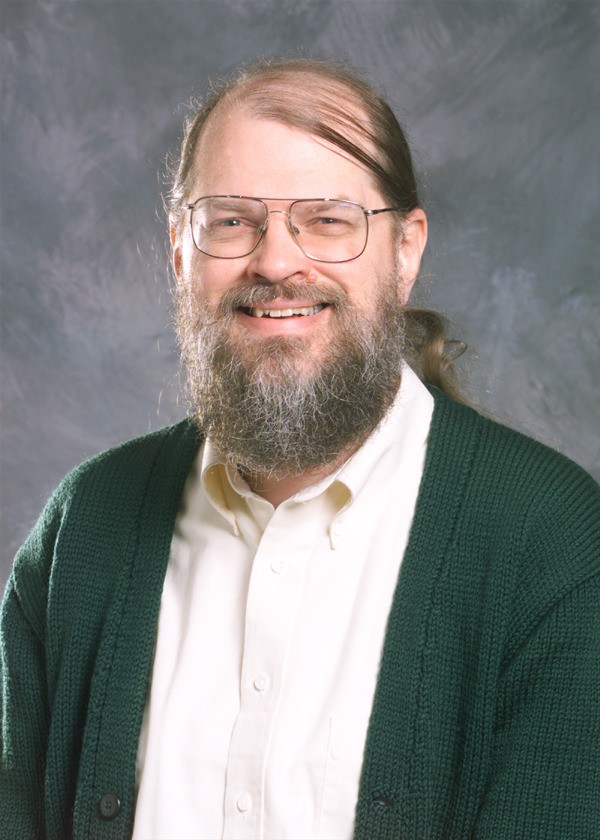UTAH - Headsets and Enterprises
The "Camelot Era"
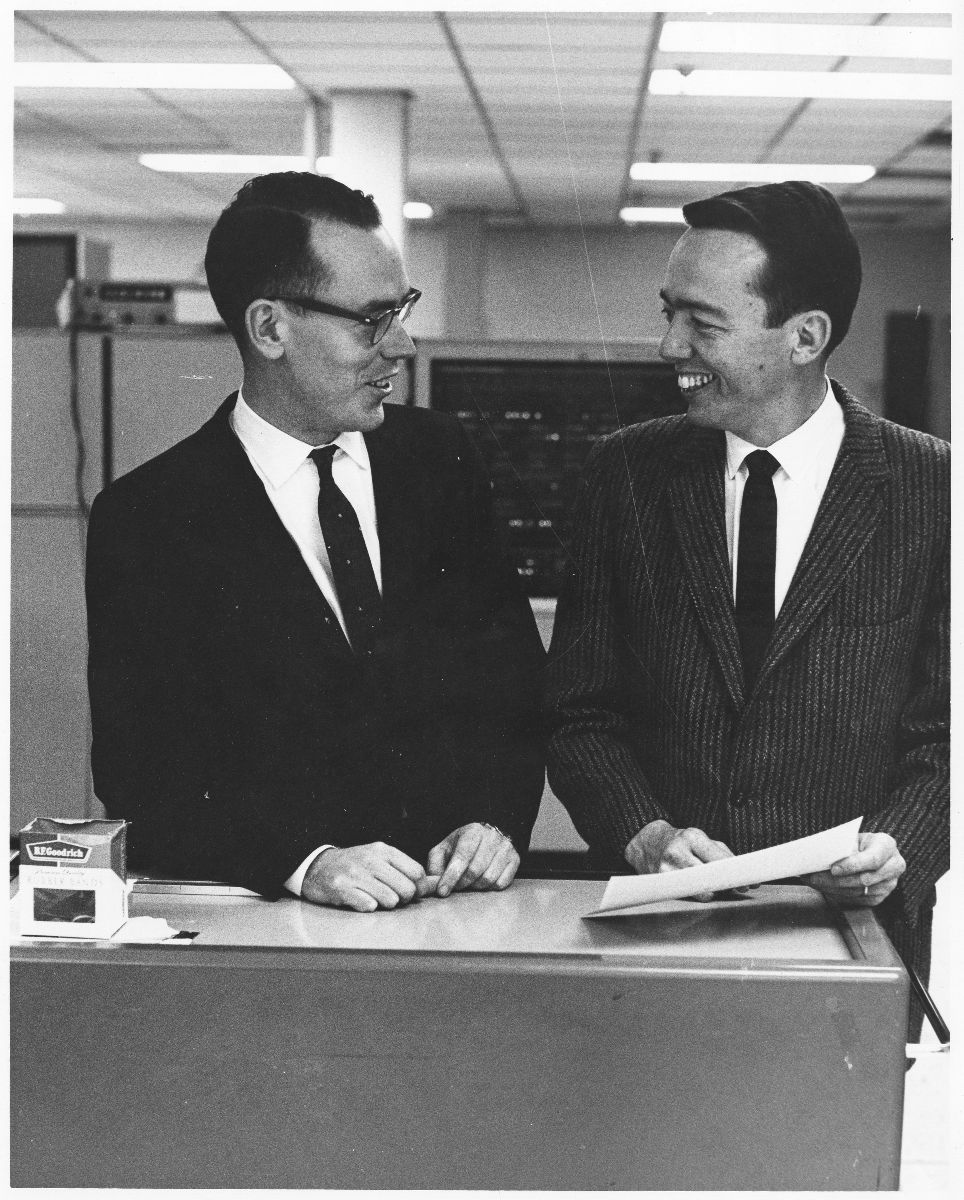
In 1966, Ivan Sutherland left Harvard to join David Evans at the University of Utah.
Together, they established what would become the most influential Computer Graphics Lab in the world.
Funded by ARPA, the lab attracted some of the brightest minds of the time.
Their goal was to turn computer graphics into a real scientific discipline, a goal they achieved by forming a team that would pioneer many techniques still in use today.
Gouraud & Phong Shading
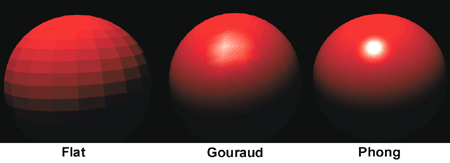
In the early 1970s, two seminal shading models emerged from Utah:
Gouraud Shading (1971): Developed by Henri Gouraud, it interpolates vertex colors across polygons, producing smoother appearance than flat shading.
Phong Shading & Lighting Model (1973): Introduced by Bui Tuong Phong, this method interpolates normals across surfaces and computes per-pixel lighting, resulting in realistic specular highlights.
Ed Catmull and the Z-buffer
As a PhD student at Utah, Ed Catmull developed the Z-buffer algorithm — a method for managing image depth in 3D graphics. It is still used in virtually all real-time rendering systems today, including video games and simulations.
Catmull also created one of the first animated 3D human faces on a computer. His work laid the groundwork for Pixar and modern 3D animation.
The Utah Teapot
In 1975, Martin Newell modeled the Utah teapot, which became a standard reference object in computer graphics.
This simple yet iconic teapot model was used to test rendering algorithms and became a symbol of the field.
Industry-Shaping Graduates
By the mid-1970s, the University of Utah had trained a generation of pioneers who transformed the industry:
- Ed Catmull – co-founder of Pixar
- John Warnock – co-founder of Adobe
- Jim Clark – founder of Silicon Graphics and Netscape
- Jim Blinn – developer of advanced visualization at NASA
The Utah lab earned a reputation as the "Harvard of Computer Graphics".

